Cookware 101: A Quick Guide in Choosing the Right Cookware and How to Use them.
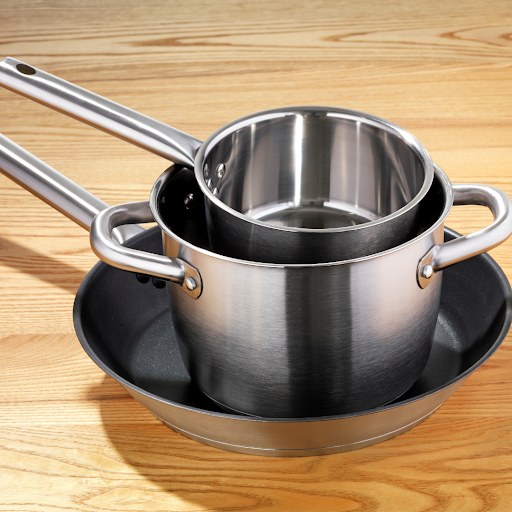
In a commercial kitchen one of the most important things is producing best-tasting dishes. And to make such happen, it will take more than a complete set of ingredients; having the right tools would also be a great addition. There is a specific cookware and cookware materials that work better for a specific cooking method, in short, one size does not fit all. Knowing them, believe it or not, will help you bring out the best in your dishes and reduce some cooking-related incidents such as burning, overcooking, undercooking, and so on. The options, however, can be overwhelming. So, to help you understand what’s what, we’ve listed the various types of cookware.
First and foremost, let us discuss the various types of cookware materials. The type of materials used in a pan or a pot can either help you or cause you problems.
1. Cast Iron Cookware
This cookware is particularly heavy but it is also long-lasting and versatile. Cast iron heats up slowly but holds heat well once it’s hot. It can be used on top of the stove and/or inside the oven, making it an excellent material for griddles, fry pans, and grill pans.
2. Stainless Steel Cookware
It is a common and excellent choice of cookware.Because the word “stainless” implies a high resistance to stain and rust, this material is easier to clean. When selecting this material, it’s better to choose high-quality items with an aluminum or copper core..
3. Aluminum Cookware
Here’s another popular choice of cookware. Aluminum for its reasonably inexpensive cost and its great heat conducting feature. It has a high resistance to corrosion and rust, with proper care and usage you will be able to use it for a long while. Aluminum is very lightweight and is usually layered by a non-stick coating, which makes a whole day of cooking and tossing more bearable and the cleaning easier than ever.
4. Non-stick Cookware
With this type of cookware, the food sticks less onto the pan, hence the name, without the need of
excessive greasing which makes it a better choice for healthier cooking. It’s also very easy to clean,
making it a great and efficient cooking tool.
1. Frying Pan/Skillet
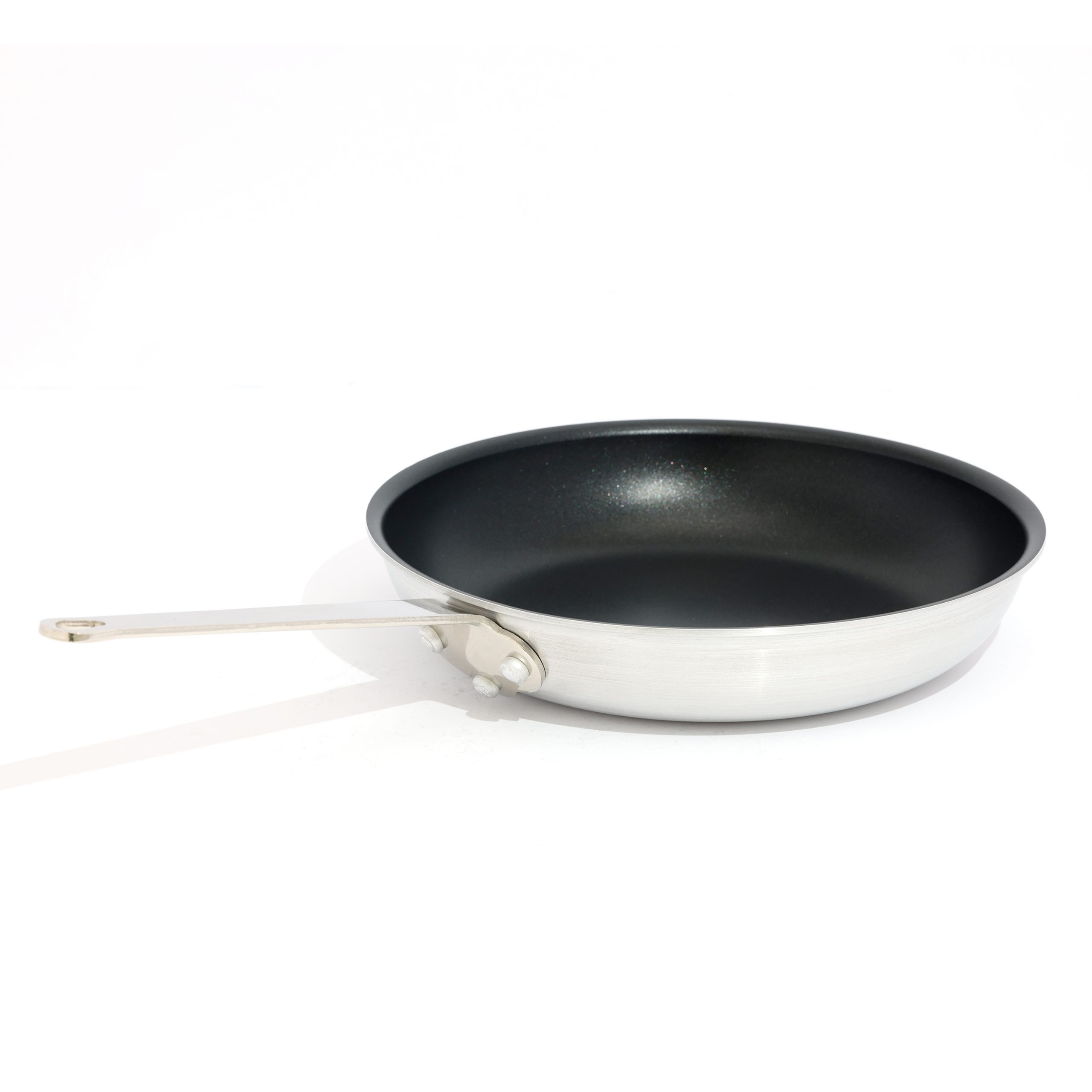
What kind of kitchen wouldn’t have frying pans? There is none! Guess what’s the use of this pan now? Yes, for frying! That would be very difficult not to guess right given the name of it. Its flat bottom, rounded sides and curved edges are excellent for fast frying, making this an excellent tool for your big breakfast feast.
2. Wok

Have you ever watched a Chef show and been blown away by the tossing and flicking of all the ingredients as they mix and fly wonderfully together? Well, here is your tool for that. Equipped for frying and searing, designed with deeper curves and edges, that made it ideal for stir frying.
3. Griddle

Comes in a low rectangular form. This pan is excellent to give you the best looking pancakes for an all-day breakfast soiree.
4. Sauté Pan
This versatile pan is used to slow fry or sauté, stir and toss. This may resemble a frying pan, but it is deeper and has a vertical rather than rounded side.
5. Saucepan
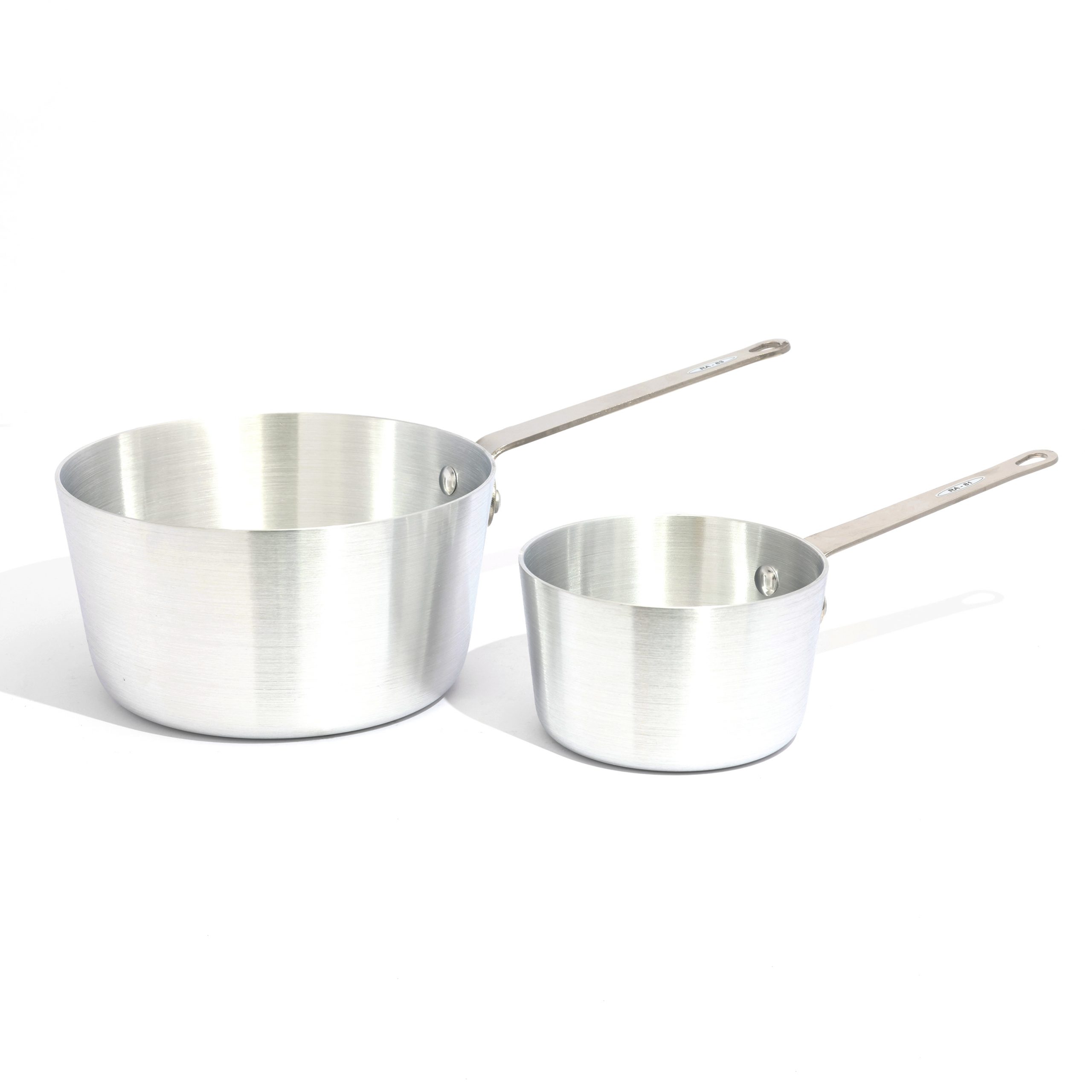
It’s time to go deep with the sauce pan. This cookware is designed for boiling, thus, there’d go your soup, sauces and other liquid-based cooking.
6. Stock pots/Multi Pots
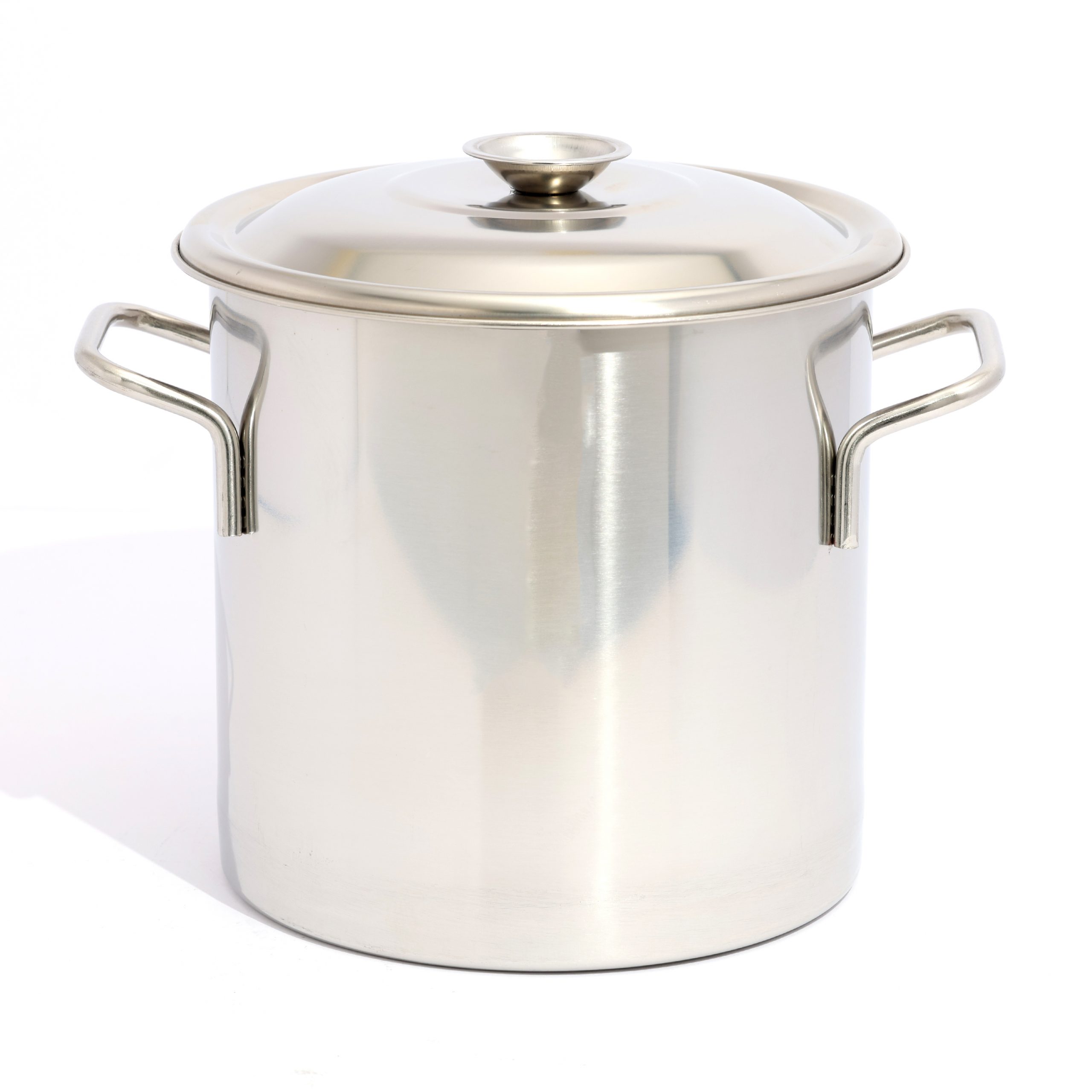
It’s time to go deep with the sauce pan. This cookware is designed for boiling, thus, there’d go your soup, sauces and other liquid-based cooking.
7. Braiser Pan

This is best for braised, stew, or a one-pot pasta dish, which comes in two side handles for easier transfer and serving.
8. Roaster Pan
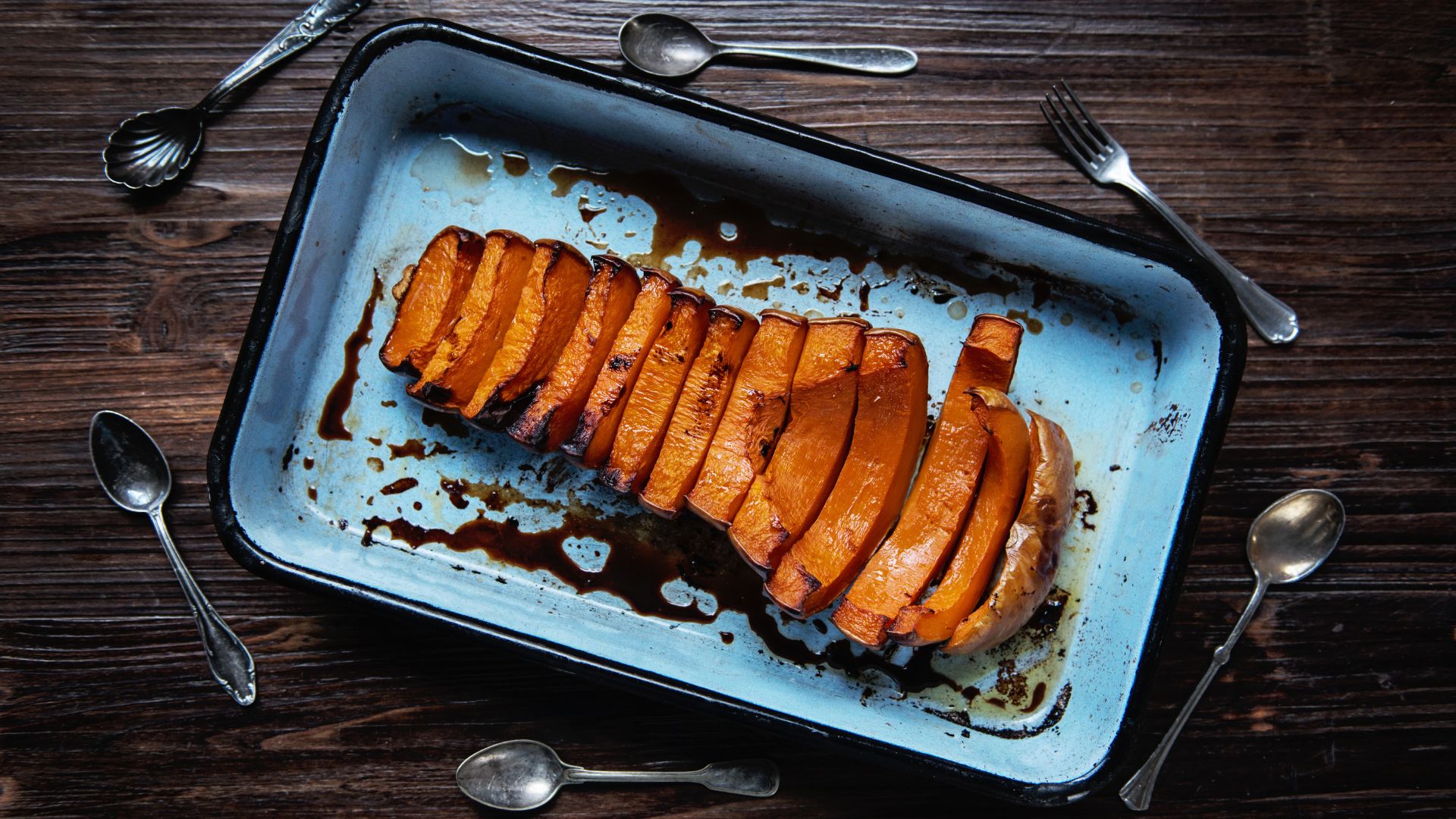
A low rectangular pan that is also made fit in the oven. An excellent tool to cook some roasted chicken or beef for a special dinner.
9. Grill Pan

This is a good tool for simple grilling, such as a grilled salmon, or a pork belly perhaps. The surface is ridged to give it that famous grill mark.
